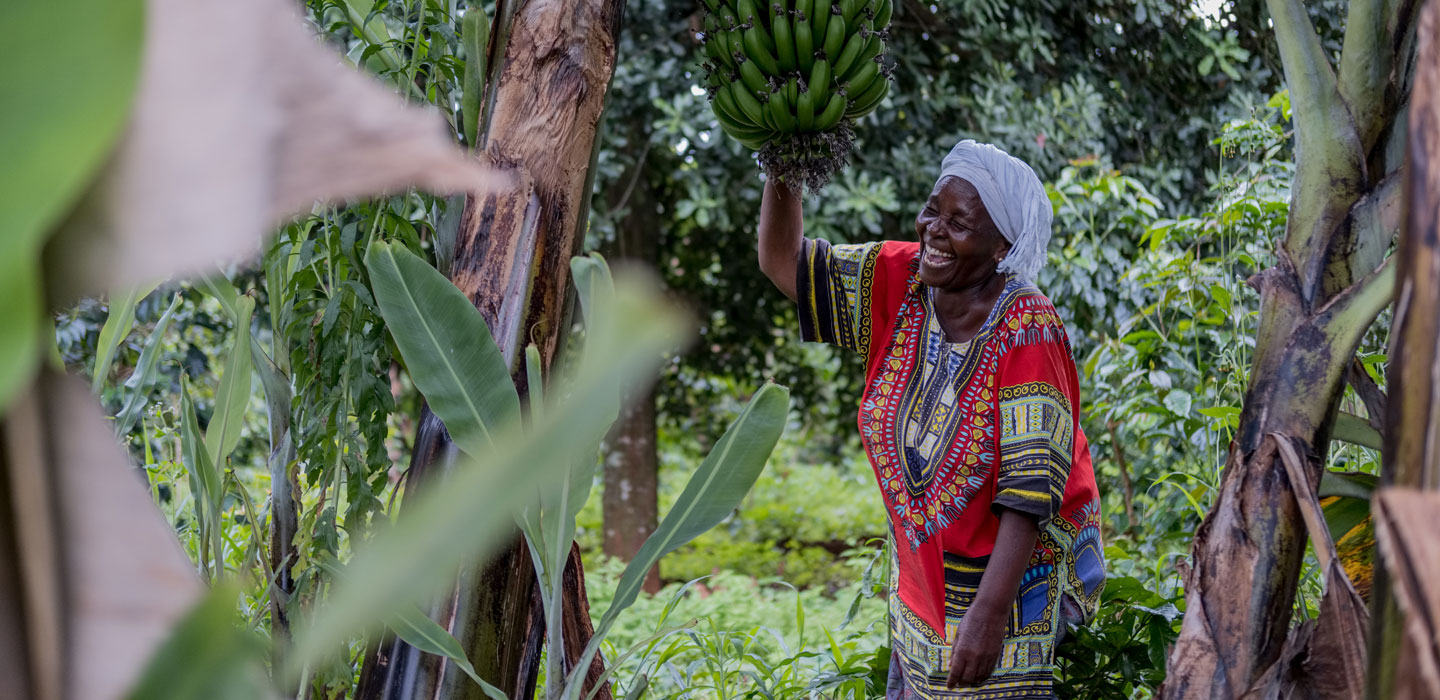This is what sustainable development looks like: How IFAD projects reap rewards long after they end
IFAD Asset Request Portlet
Asset Publisher
This is what sustainable development looks like: How IFAD projects reap rewards long after they end
Estimated reading time: 2 minutes
Ever since its founding in 1977, IFAD’s mission has been to help the world’s poorest rural people not just to survive, but to thrive.
We do this by building long-term resilience that can be passed on from one generation to the next.
The true test of this resilience is when projects keep giving, long after they’ve come to an end.
Flourishing fish farms
In 1981, IFAD became the first international finance institution to lend to China. Forty years later, rural communities are still reaping the benefits of that investment, benefitting more than 20 million vulnerable people and contributing to the sharp decline in extreme poverty in China.
In Henan province, the IFAD-funded DAPRP project trained over 600 fish farmers. At the time, they tripled their fish production. And now, eight years after the project closed, the fish farms are still flourishing.
When IFAD’s president, Alvaro Lario, visited China in the summer of 2023, the farmers showed him how they use digital platforms, like TikTok and online stores, to market their produce and diversify their income through eco-tourism.
With such a long and fruitful partnership, IFAD and China are sharing what they've learned with other countries through South-South and triangular cooperation.
People’s pastures
 |
| Increased livestock productivity in Tajikistan paved the way for better incomes. © IFAD/Didor Sadulloev |
Over the decades, we have seen land transform from degraded plains to fertile fields with elaborate ecosystems that support local livelihoods.
In Kyrgyzstan, LMDP helped turn a fragmented, top-down approach to pasture management into a decentralized and community-led model. Now, four years after the project closed, communities still use new technologies, like GPS tracking to manage their herds and rangelands and weather dashboards to prepare for extreme weather events.
In Tajikistan, the IFAD-funded LPDP initiative was implemented in the country’s poorest region, Khatlon, from 2011 to 2018. During that time, over 200 pasture user unions were created, through which villages managed their pastures, shared resources fairly and restored degraded lands using measures like rotational grazing.
Overall, the project improved 130,000 hectares of communal rangeland—that's over 180,000 soccer fields—paving the way for today’s increased livestock productivity, better nutrition and higher household incomes.
Institutions for rural development
By setting up institutions and policies, IFAD ensures a country’s rural development can continue even when our presence there ends.
Through Rural Development Round Tables in Uruguay, rural civil society engaged with public and private actors to determine local development priorities and investments. These became institutionalized in 2008 by the Ministry of Livestock, Agriculture and Fisheries so, even though the project ended in 2011, the institutions established through its advocacy continue to benefit rural people.
Long-tail impacts
Investing in rural communities is a long-term solution to many of the problems the world is facing. Hunger, poverty, youth unemployment and forced migration all have deep roots in rural areas—and all can be vastly improved through projects that continue to reap rewards long after they end.
Long-tail impacts are the reason why we’re calling on countries to support IFAD13. By doing so, we can prepare the ground for a more sustainable and prosperous future for the world’s poorest people.
Publication date: 27 September 2023